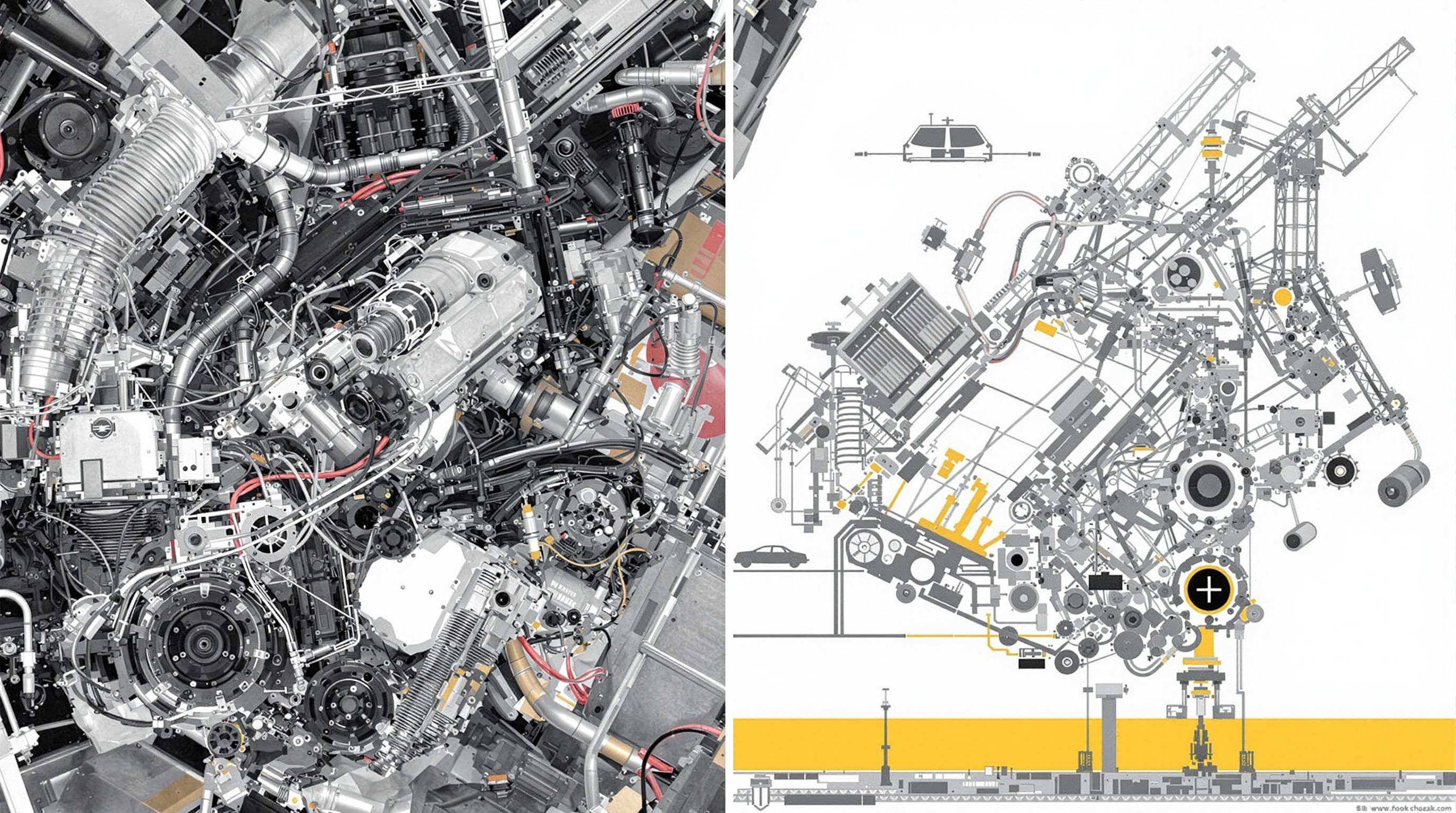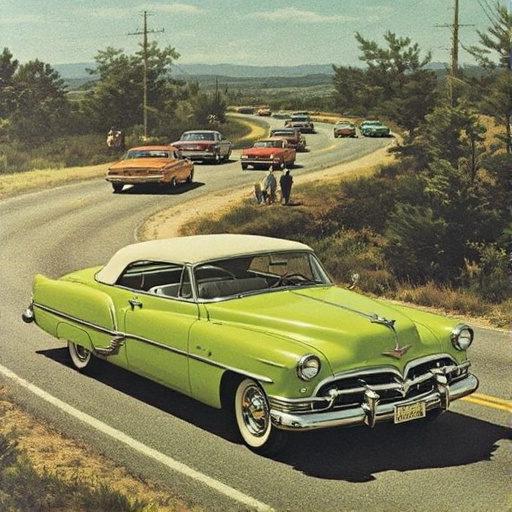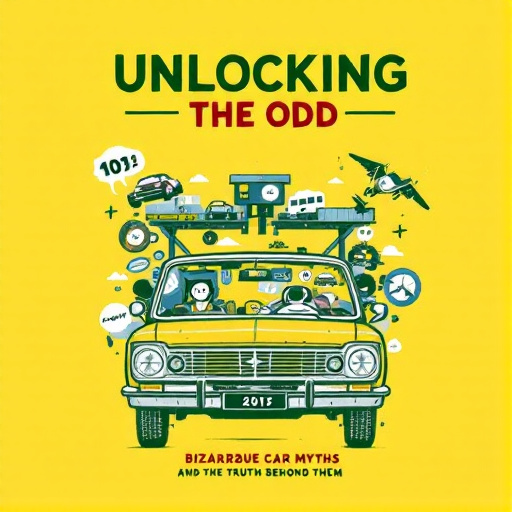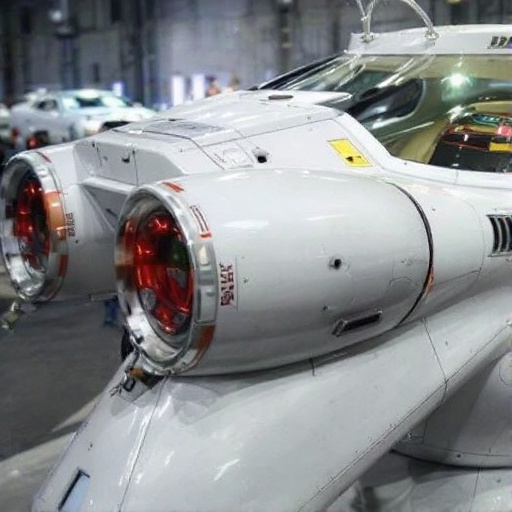Related Articles
- Unveiling the Unthinkable: How Your Social Media Posts Could Impact Your Car Insurance Premiums
- "From Showroom to Social Media: How Dealerships are Becoming Digital Storytellers in 2023"
- "From Showroom to Stream: The Rise of Virtual Reality Test Drives at Dealerships"
- Revving Up Sales: How Virtual Reality is Transforming the Dealership Experience for Shoppers and Sellers Alike
- Selling Experiences: How Dealerships Can Transform into Immersive Automotive Entertainment Hubs
- The Surprising Impact of Your Credit Card Habits on Car Financing: What You Didn't Know!
The Secret Life of Car Mascots: Uncovering the Quirky Stories Behind Iconic Automotive Symbols
The Secret Life of Car Mascots: Uncovering the Quirky Stories Behind Iconic Automotive Symbols
Car mascots are more than just decorative emblems; they embody the spirit and identity of automotive brands. From graceful winged figures to playful animals, these quirky symbols carry rich stories that reflect the innovation, culture, and often eccentricities of their time.
The Birth of the Mascot Craze
The story of car mascots truly began in the early 20th century, during the golden age of automobile manufacturing. During this time, manufacturers began to adopt these distinct symbols to stand out in a crowded market. For instance, the iconic Spirit of Ecstasy, which adorns every Rolls-Royce, was created in 1911 by sculptor Charles Sykes. Known for its representation of speed and grace, this mascot symbolizes the luxury and high status associated with the Rolls-Royce brand. Interestingly, the Spirit of Ecstasy is said to have been modeled after Eleanor Thornton, a secret love interest of Sykes—talk about a romantic backstory!
Lost and Found: The Evolution Over Time
Interestingly, many car mascots have undergone significant transformations throughout the decades. Consider the classic "Flying Lady" of the 1920s, which, while beautiful, was often removed by drivers who didn’t want to risk it being stolen! According to the Rolls-Royce Owners' Club, the symbolic figure has a rich history that has evolved to incorporate modern design elements while retaining its historic charm.
Statistics That Drive the Conversation
Did you know that according to a study by the Automotive History Society, nearly 70% of car enthusiasts feel emotionally connected to their favorite brands largely because of their mascots? These symbols evoke nostalgia and represent much more than just an automotive product; they often embody an equally thrilling lifestyle.
How Mascots Shape Brand Identity
Now, let’s discuss how mascots influence consumer perceptions. Take BMW for example. Their logo, which is often mistaken for a spinning propeller, reflects their engineering prowess and rich aviation history. Through the clever use of marketing, BMW has turned this logo into a symbol of elegance and performance worldwide. In fact, a 2022 market survey showed that 85% of respondents identified the BMW logo with luxury and quality, illustrating the mascot's powerful impact on brand identity.
A Sprightly Reception: Charm and Character
Sometimes, the stories behind car mascots can be downright whimsical. The Chrysler "Pentastar," originally created in 1962, was not just an emblem but also designed to represent the company’s five divisions. However, it became a symbol that famously brought together not just products but a dedicated fanbase, fostering a sense of community among owners. As those who owned Chrysler products gathered for local car meets, the Pentastar became a mascot of friendship and automotive passion.
Humor in Design: Cases of the Notorious Mascots
Not every mascot has a dignified backstory. Isuzu's "P'up" has gained its notoriety for not just being a pickup truck but having a name that invites chuckles. The mascot's playful connotation became a point of conversation among automotive insiders and became a beloved part of Isuzu history. Imagine pulling into a car show and telling fellow enthusiasts that you drive a “P’up” – you’re sure to get a laugh and ample conversations sparked!
Brand Mascots as Cultural Icons
Consider how some mascots have transcended the realm of automobiles to become cultural icons. The "Lovebug," or the classic Volkswagen Beetle, is not just a car but a symbol of peace, love, and harmony, especially during the 1960s cultural movement. Its friendly round shape and bright colors made it a popular choice for the youth of that era, morphing it into a cultural phenomenon still celebrated today.
Case Studies: Success Stories of Mascots
A fascinating case study is that of the Ford Mustang, whose pony logo has come to represent freedom and individualism since its debut in 1964. The Mustang quickly carved out a dedicated fanbase which embraced it as part of their identity. According to a 2021 survey published by Ford, nearly a third of Mustang owners claim that the pony symbol is a critical reason for their vehicle's purchase, clearly emphasizing the brand’s connection with its mascot.
Emblems of Innovation: Reflecting Industry Trends
As environmental concerns grow, many automotive brands are reevaluating their mascots to align with sustainability. Tesla’s emblem of a streamlined 'T' effortlessly communicates a modern, eco-friendly, and tech-driven ethos. By integrating sustainability into their identity, forward-thinking companies like Tesla manage not only to stay relevant but also to attract a younger demographic eager for change and innovation.
Conclusion: The Enduring Legacy of Car Mascots
From elegantly sculpted figures to charming graphics, car mascots tell stories that connect emotionally with many drivers. Their impact can be seen far beyond mere aesthetics; they shape brand identities, embody cultural shifts, and create communities. As automotive technology advances, one can only wonder what the future holds for these quirky icons—will we see eco-themed mascots? Or perhaps something digital to align with the era of autonomous vehicles? One thing is for certain: the secret life of car mascots remains full of intrigue and discovery, and their eccentric tales will continue to drive us forward for generations to come.



